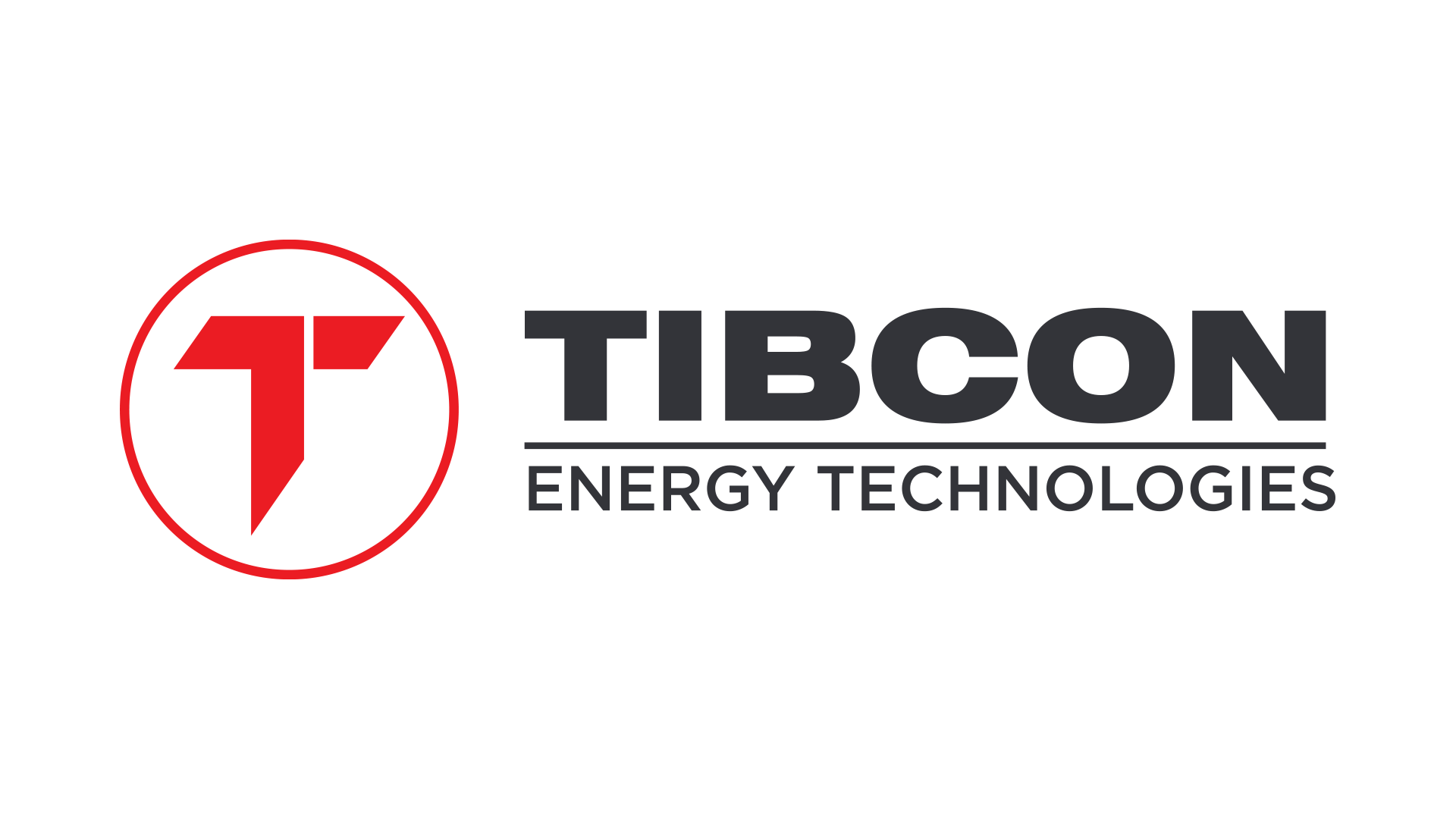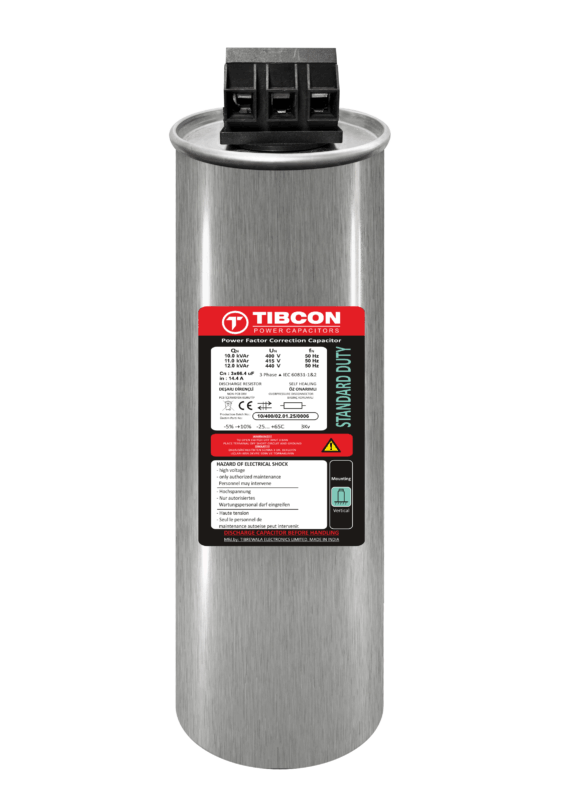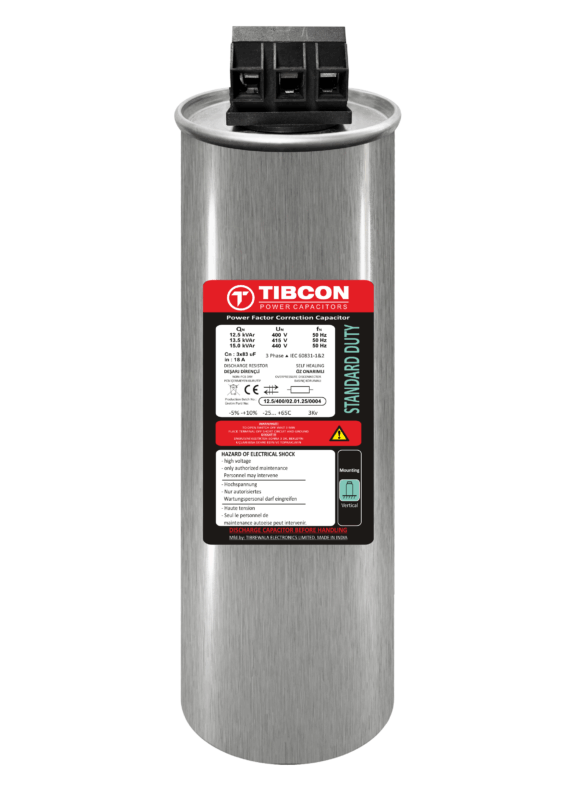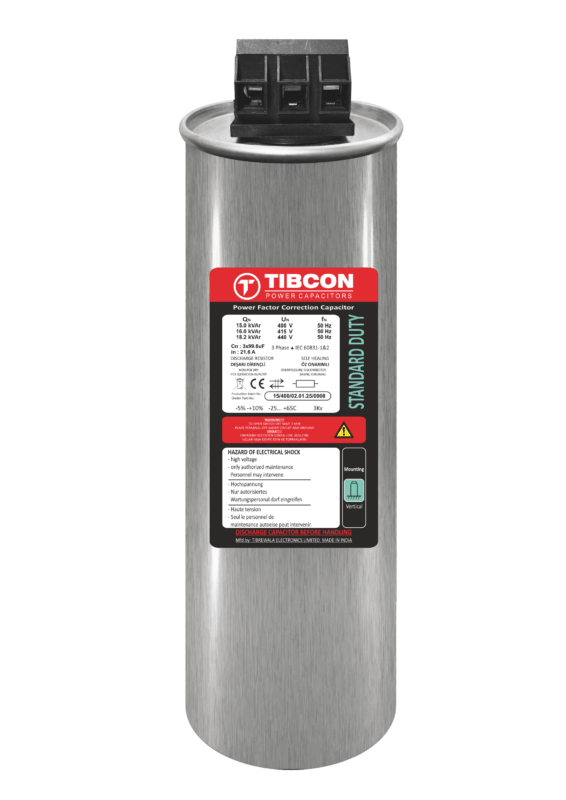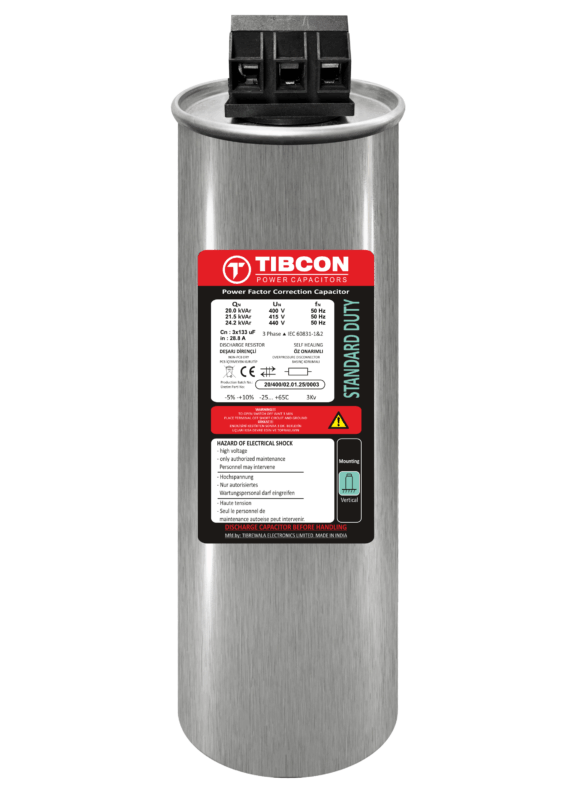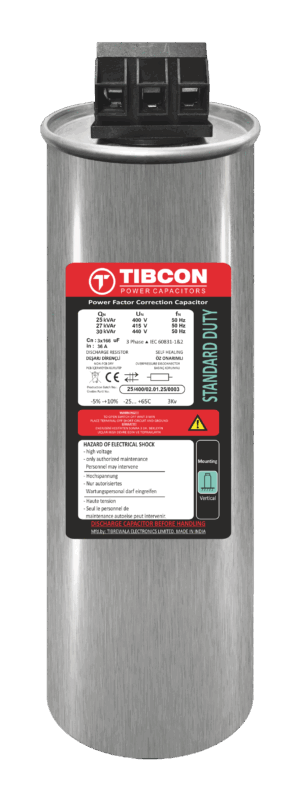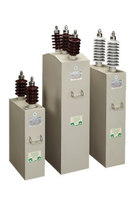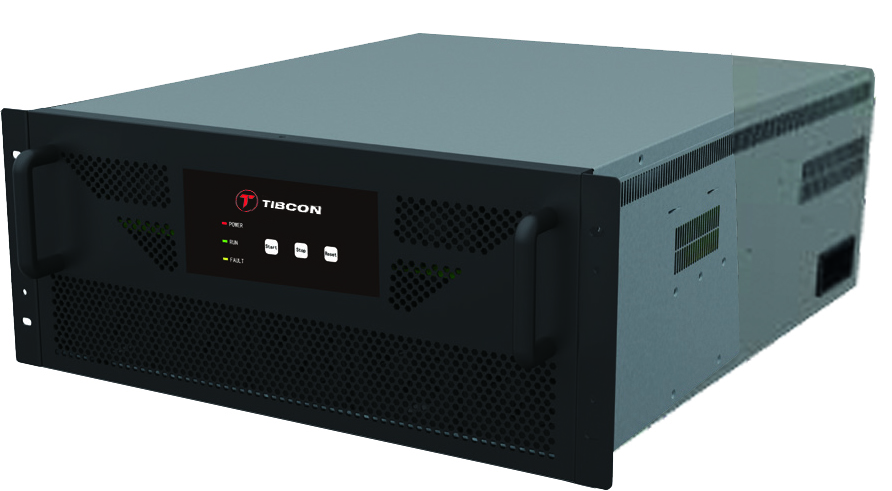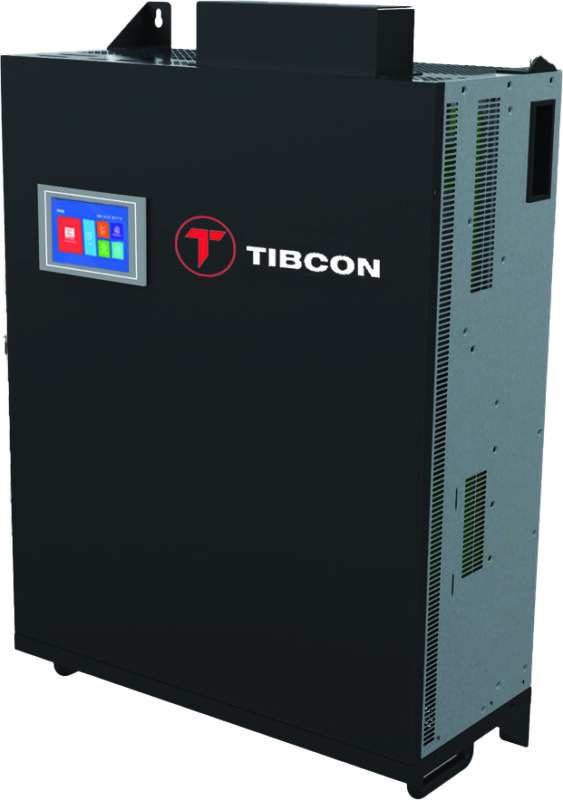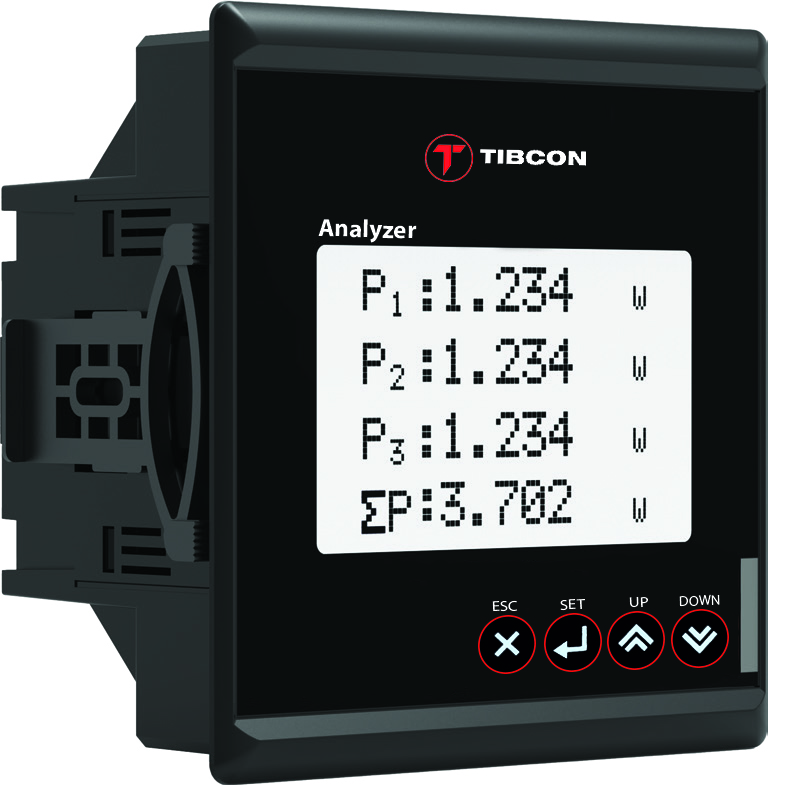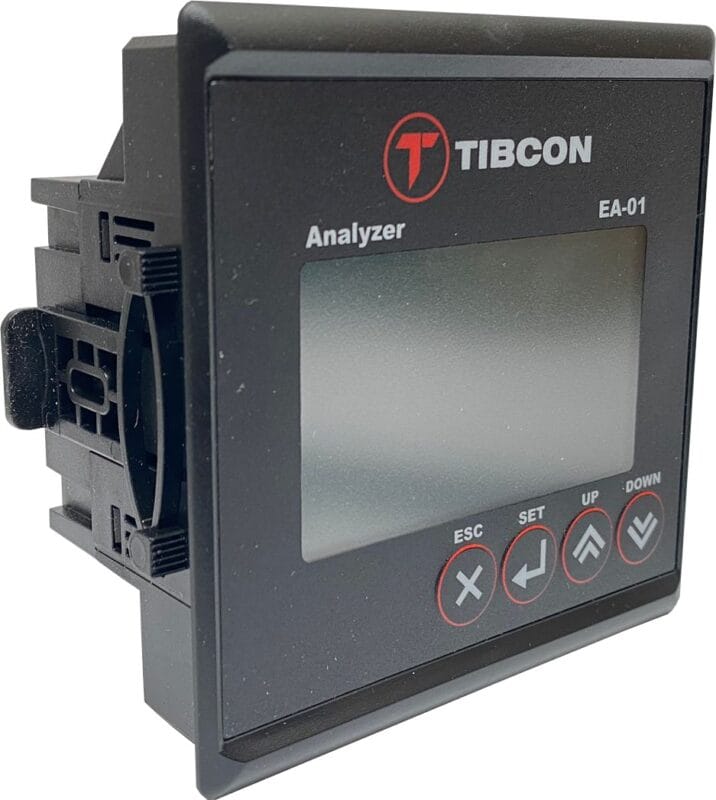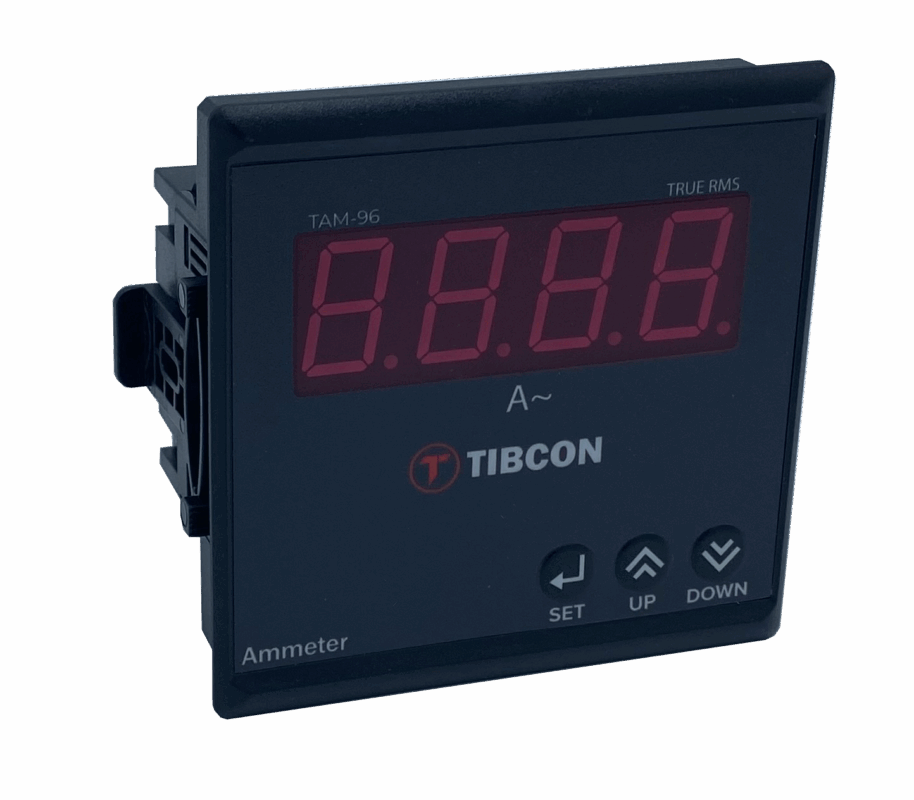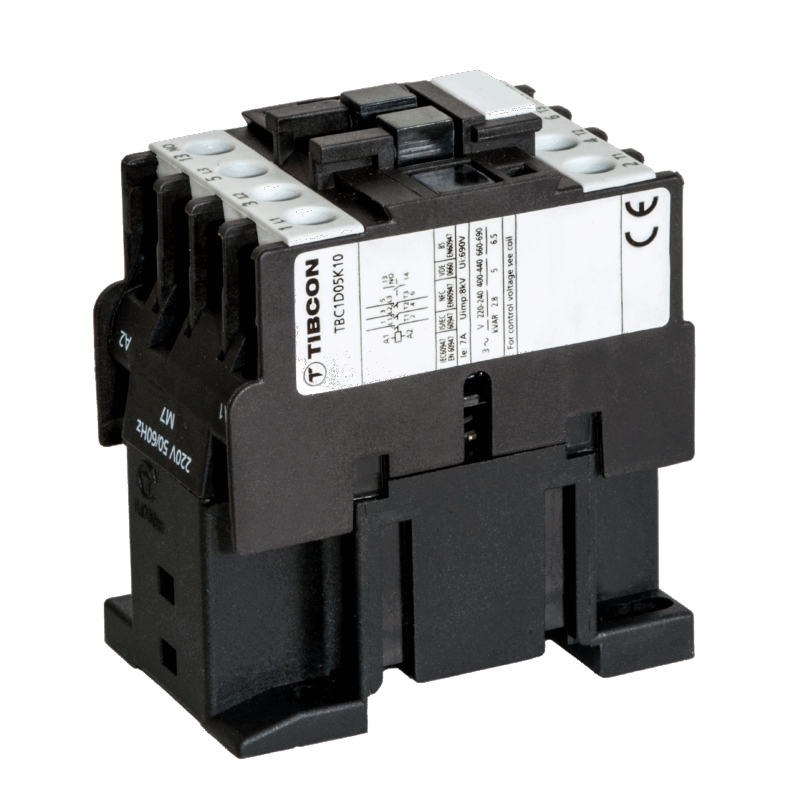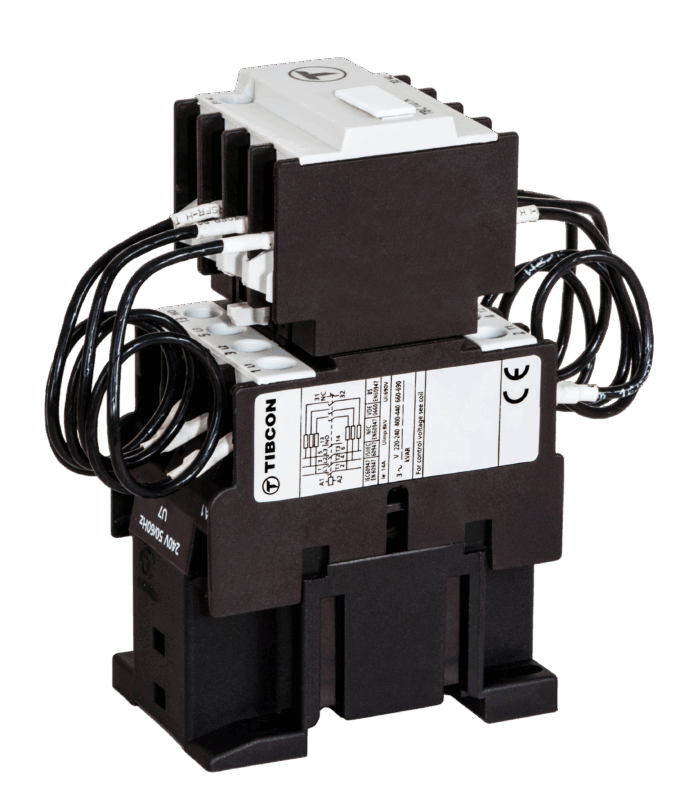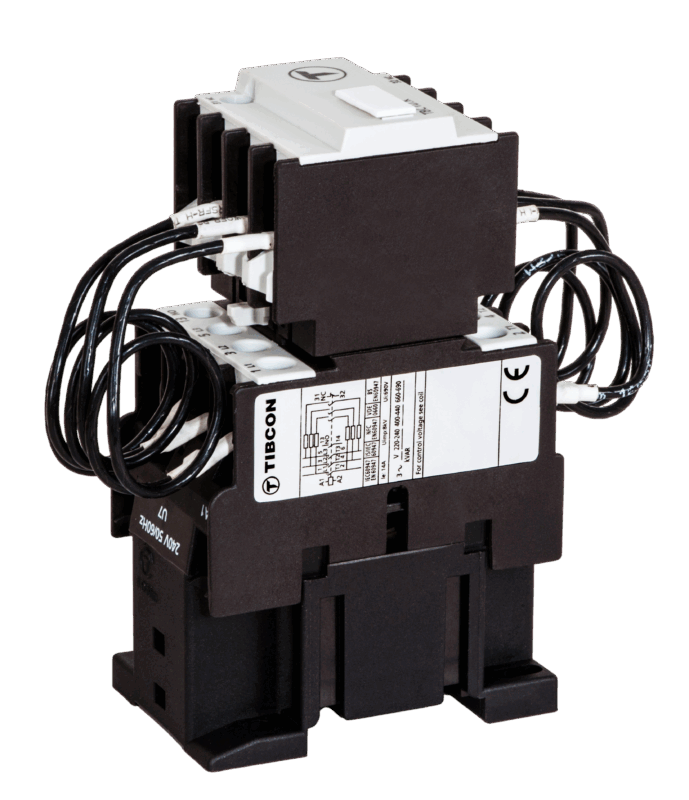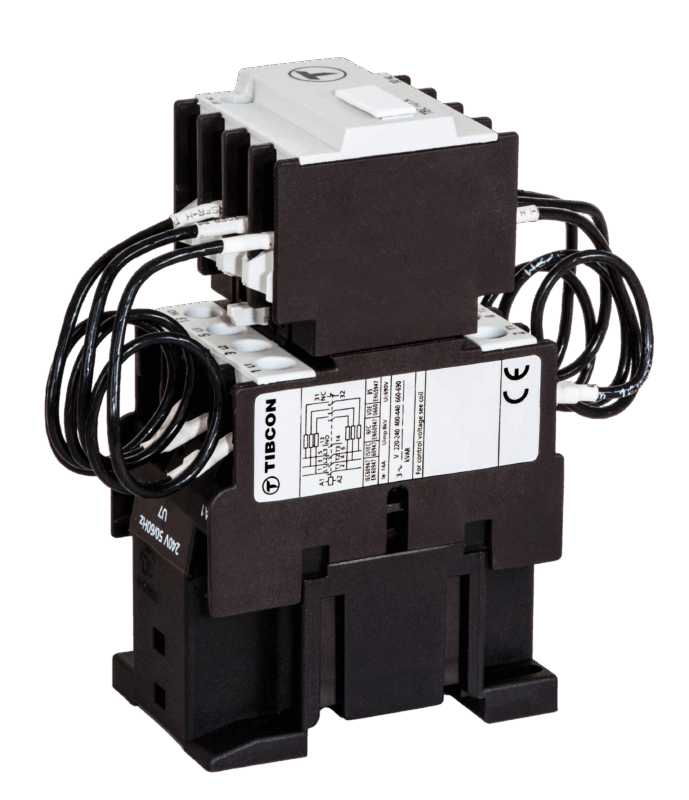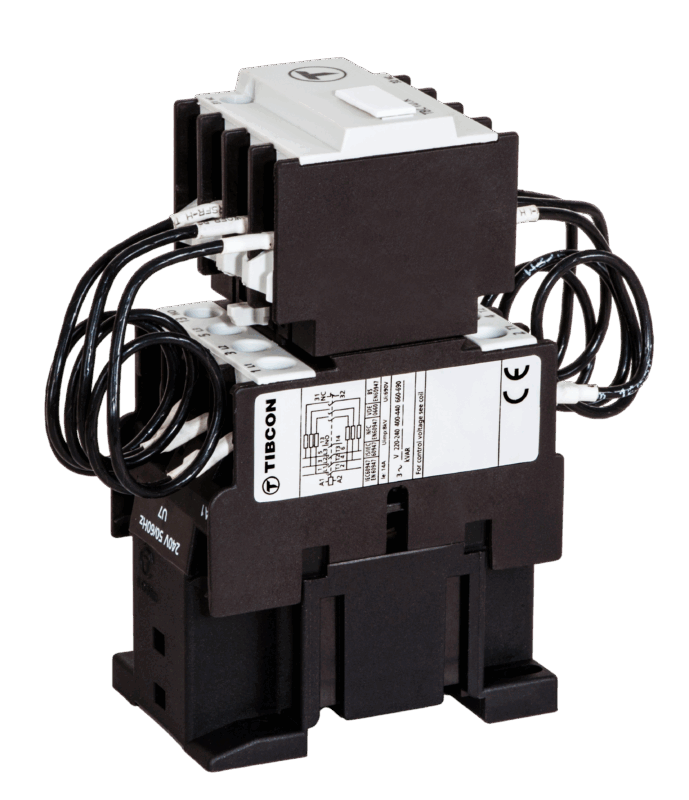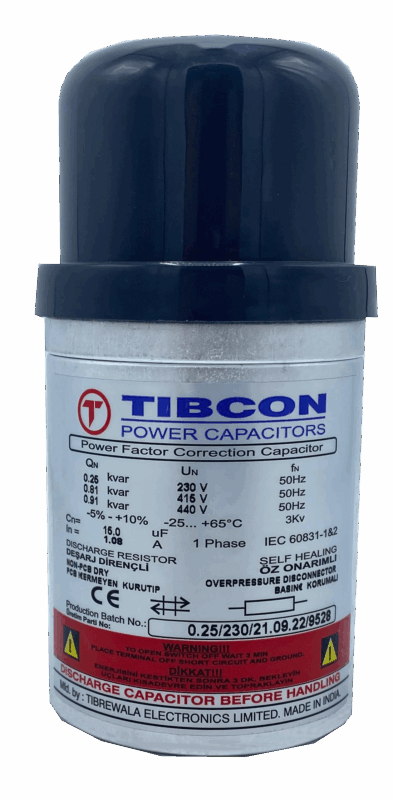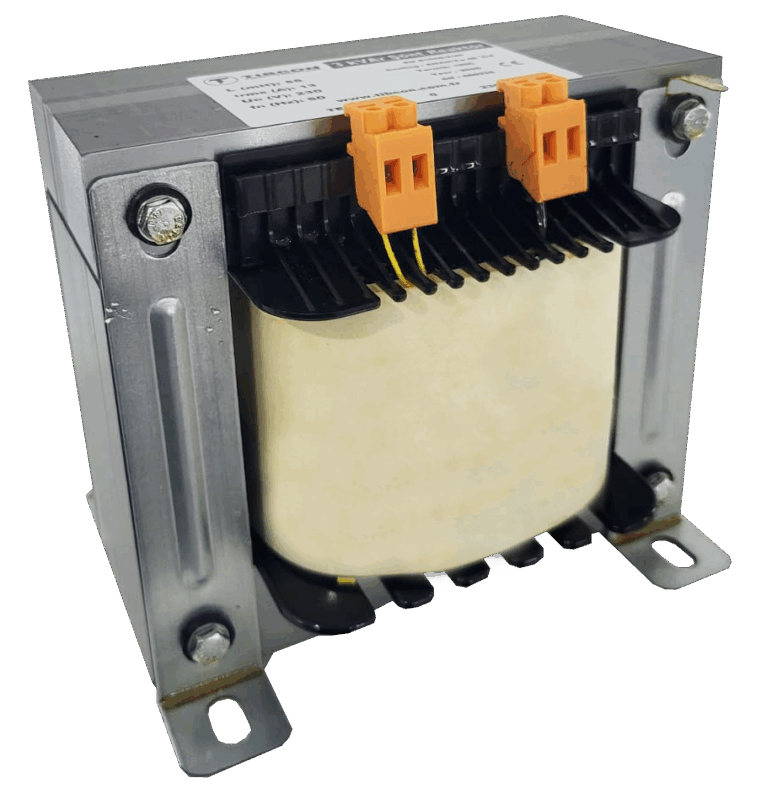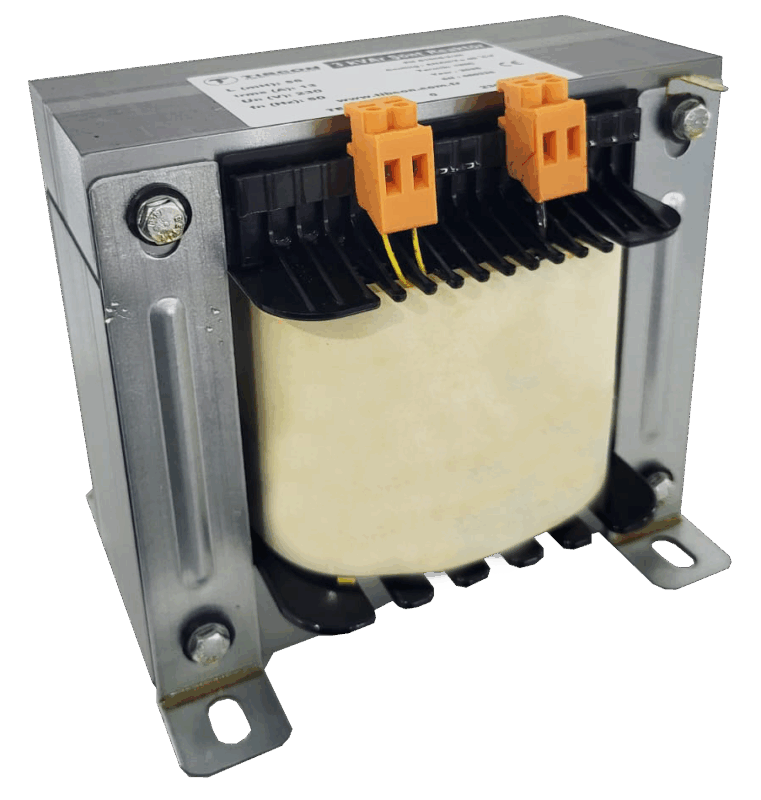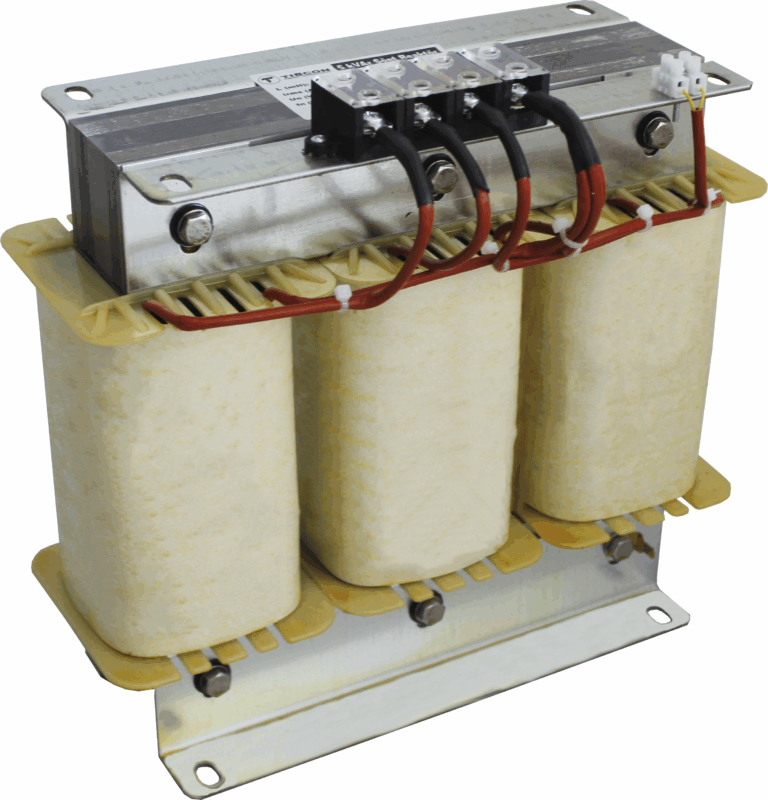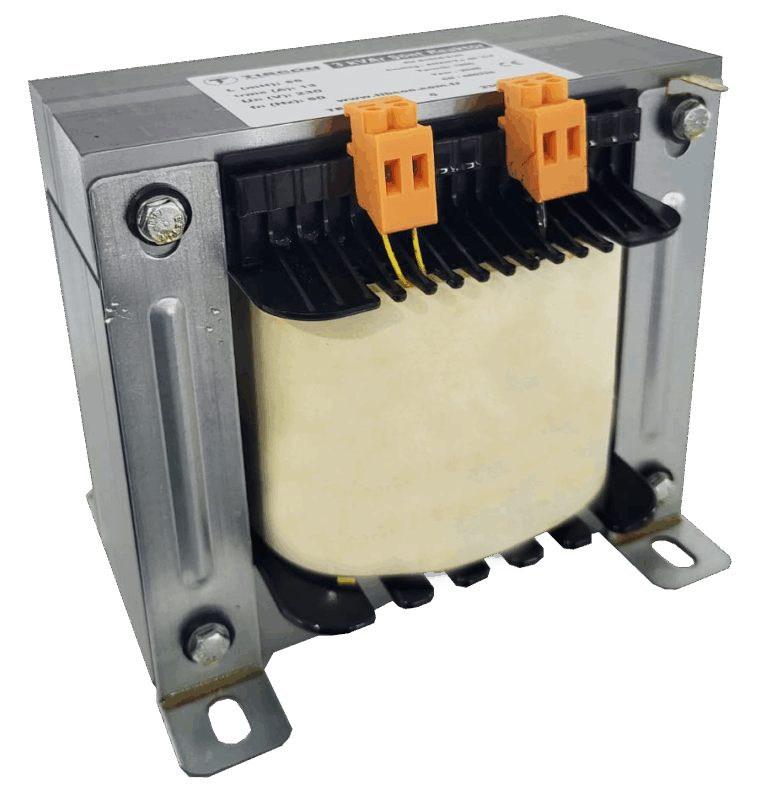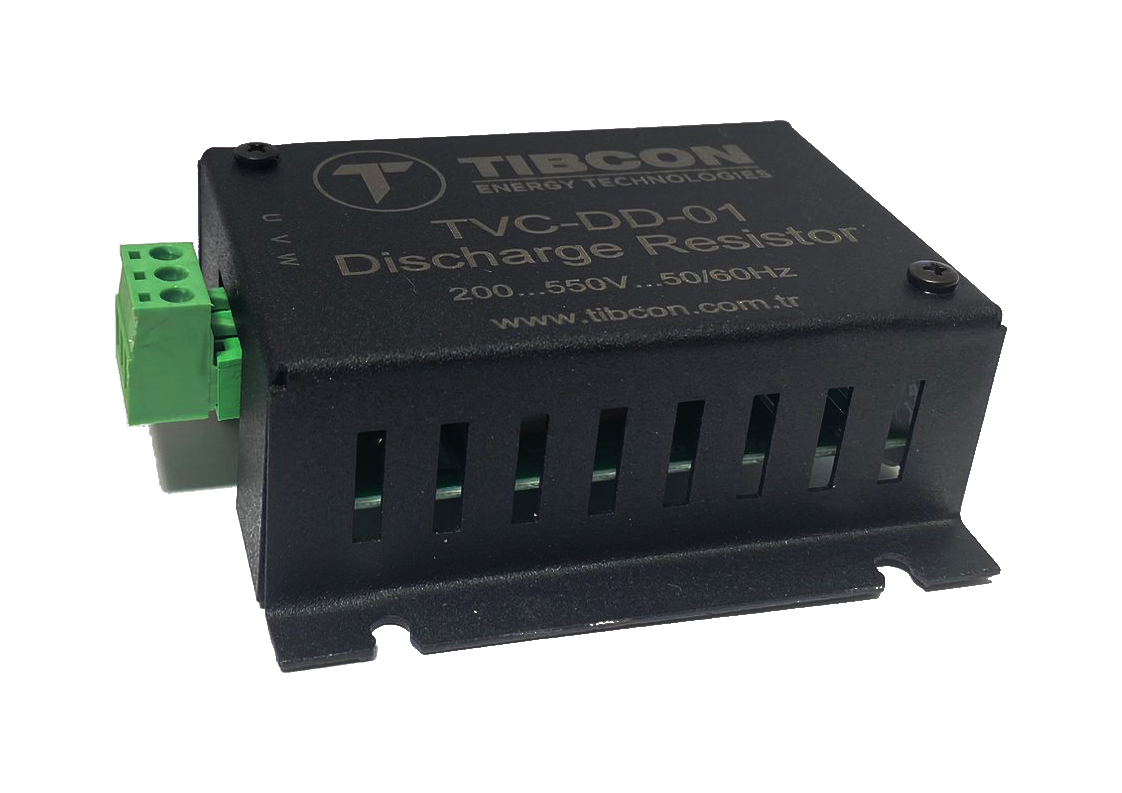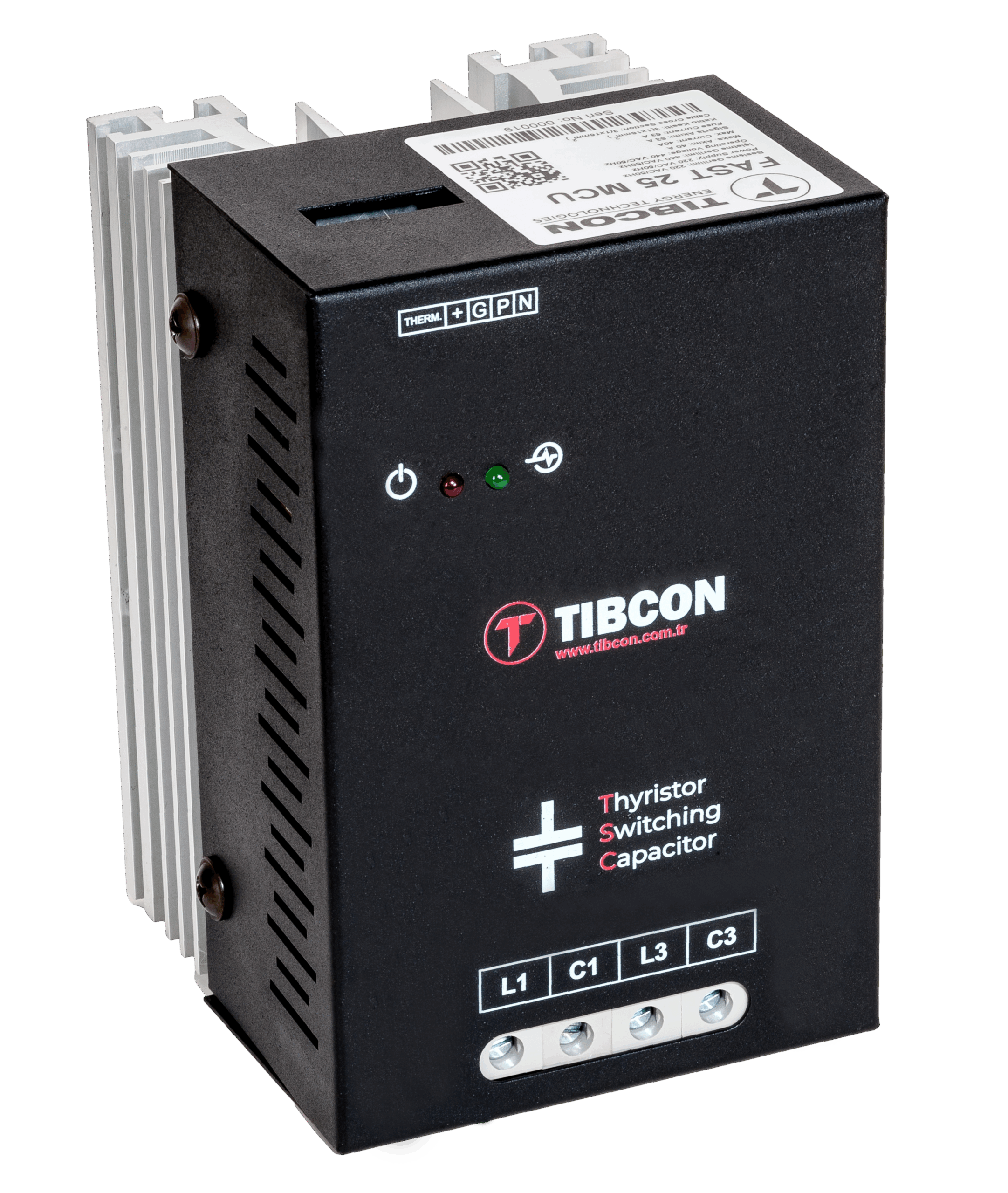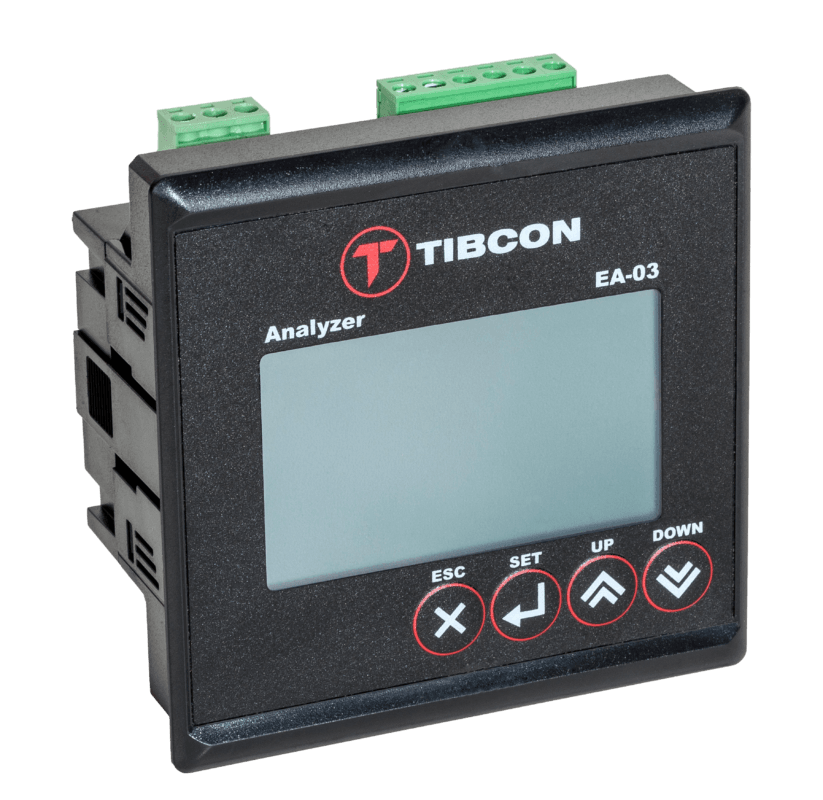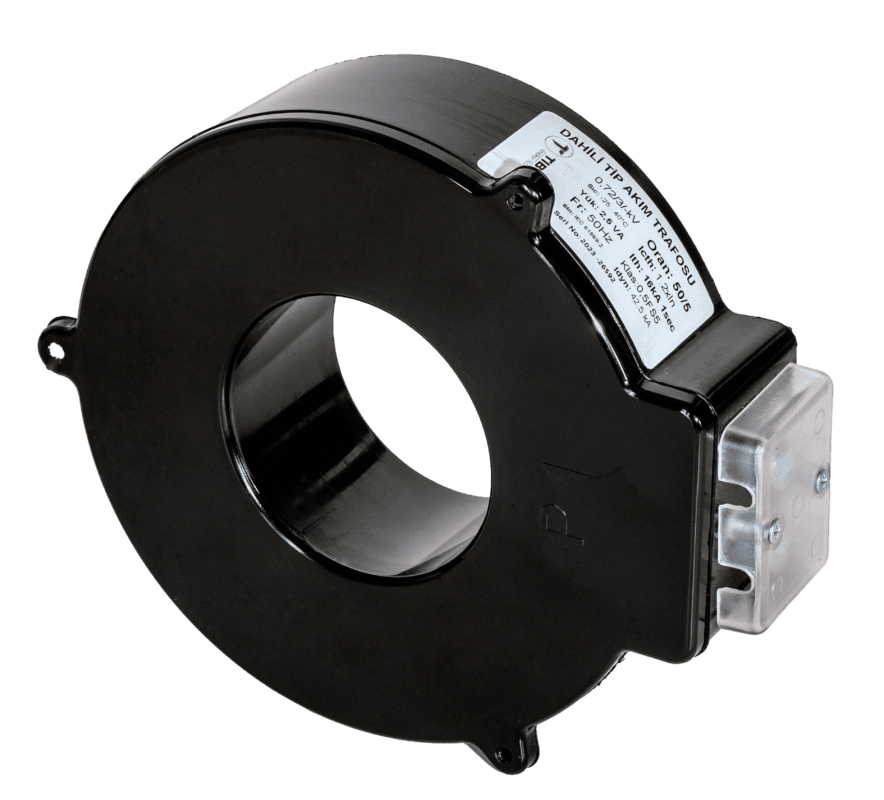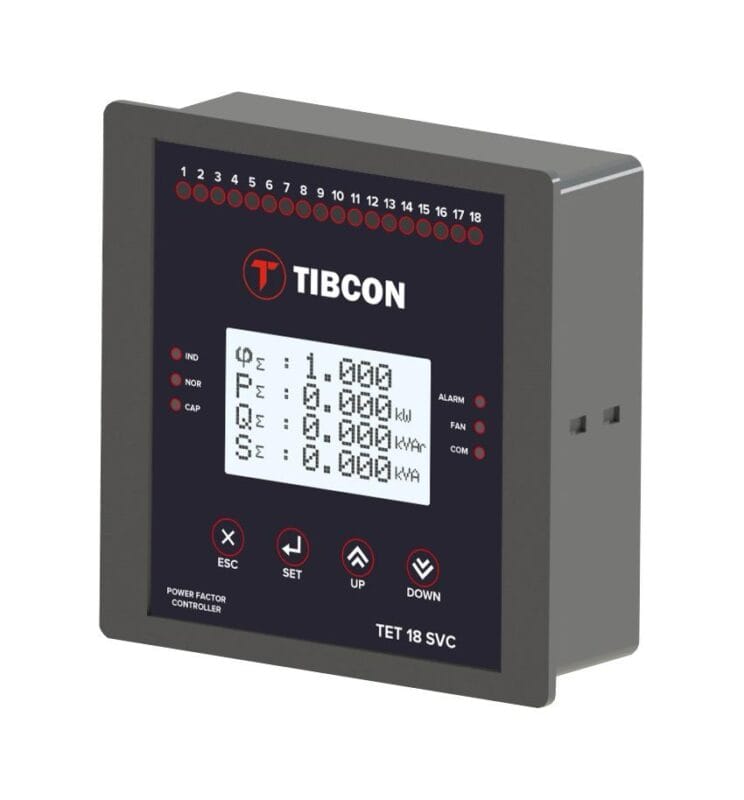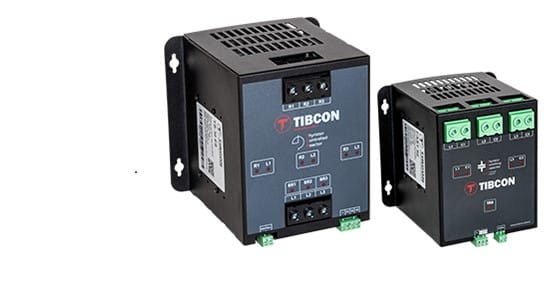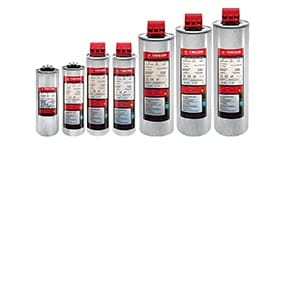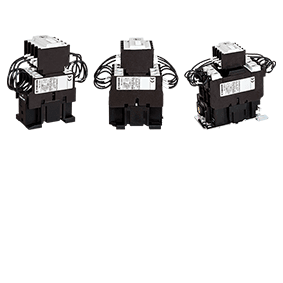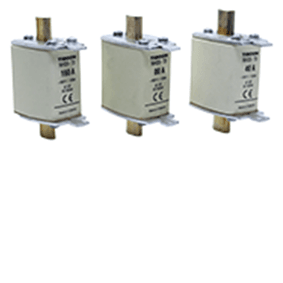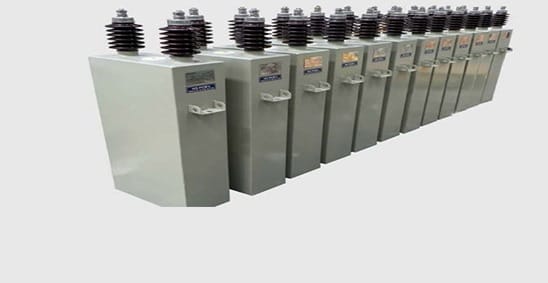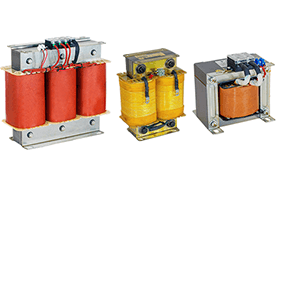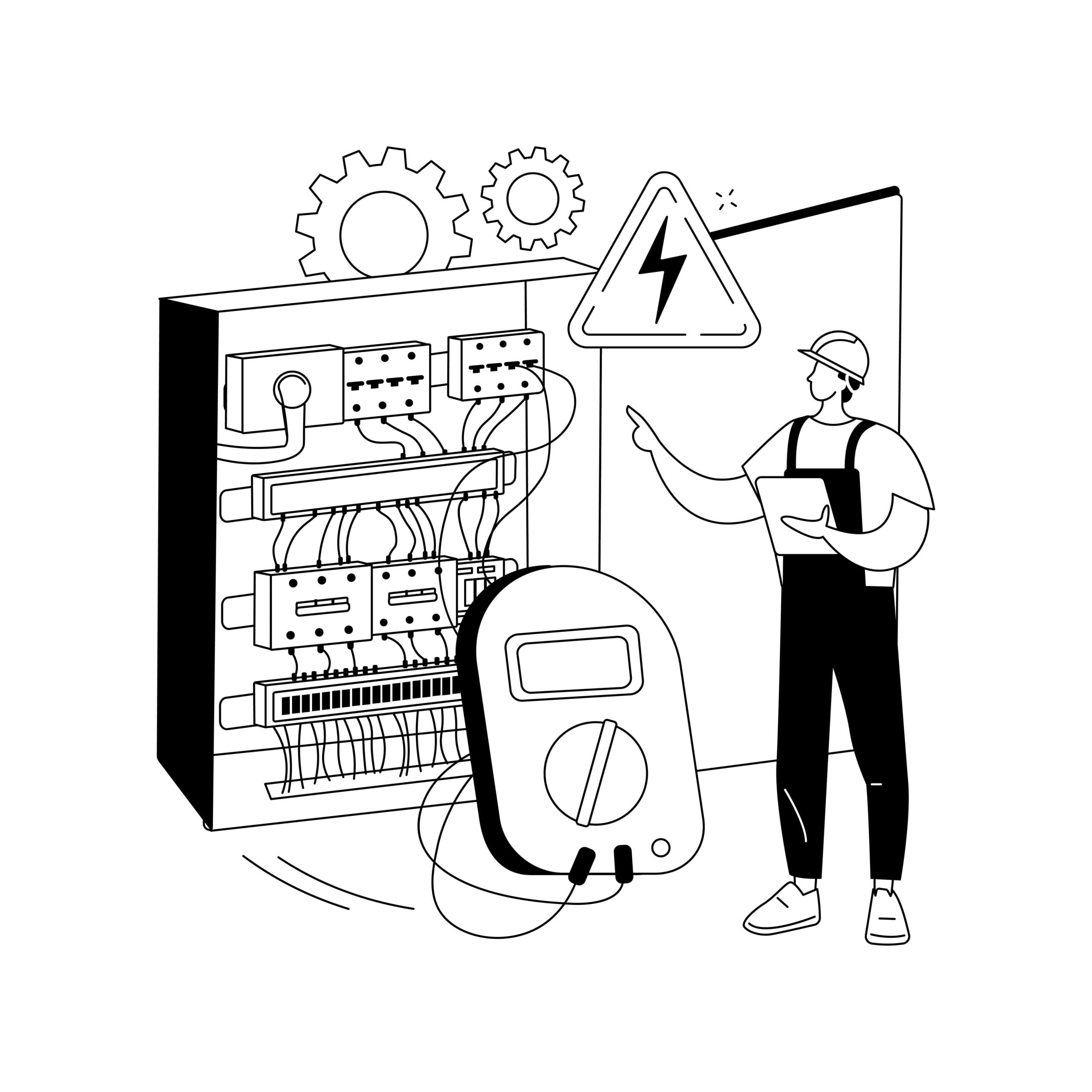Power, Savings Energy Efficiency
DETAILED INFORMATIONEnergy Measurement and Switching
Intelligent Control, Powerful System
Technologies Powering Sustainable Energy Investments.

About Us
Yenilikçi ve Kaliteli Ürünler
Sıkça Sorulan Sorular
The main causes of capacitor explosions can be listed as follows: • Exposure to excessive heat, • Issues caused by harmonic distortion, • Voltage imbalances, • Capacitor groups replaced without applying the aging synchronization method, • Failure to comply with the standard discharge time of the reactive power control relay (minimum recommended: 30 seconds).
The main reasons for capacitor overheating are: • Harmonics in the system, • Improper panel designs, • Incorrect product placement inside the panel (e.g., if the filter is placed above the capacitor, the capacitor should be below).
According to IEC 60831, internal discharge resistors are designed to reduce voltage below 50 volts within 60 seconds. However, in practice, 30 seconds is considered acceptable. For shorter durations, it is recommended to add a discharge coil or resistor at the capacitor input.
According to IEC 60831, internal discharge resistors are designed to reduce voltage below 50 volts within 60 seconds.
Single-case capacitors rated for 400–440V are not suitable for harmonic filter applications. In filtered compensation systems, capacitors are connected in series with reactors, which causes a voltage increase. This increase is typically around 7% at the 7th harmonic frequency. As a result, the voltage on a capacitor rated at 400V can rise up to 428V, which can damage the capacitor if sustained. According to IEC 60831-1, the maximum voltage limits are as follows: • Un + 10%: 8 hours / 24 hours • Un + 15%: 30 minutes / 24 hours • Un + 20%: 5 minutes / 24 hours • Un + 30%: 1 minute / 24 hours
Blog Post
Technologies Powering Sustainable Energy Investments
Static Contactor Systems
The Importance and Benefits of Compensation
Your information will be used in accordance with our Privacy Policy.
